OVERVIEW
The market size of behavioral biometrics is projected to hit USD 2632.2 million by 2024, growing over the forecast period at a CAGR of 23.5%. The market’s major growth drivers include global growth in online transactions and fraudulent activities, and a growing need for a multi-layered approach to security in the finance industry.
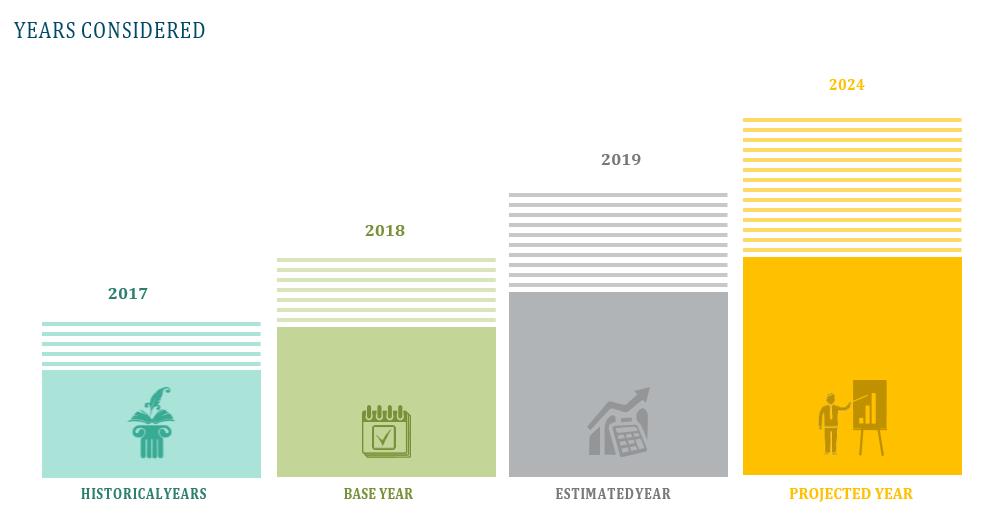


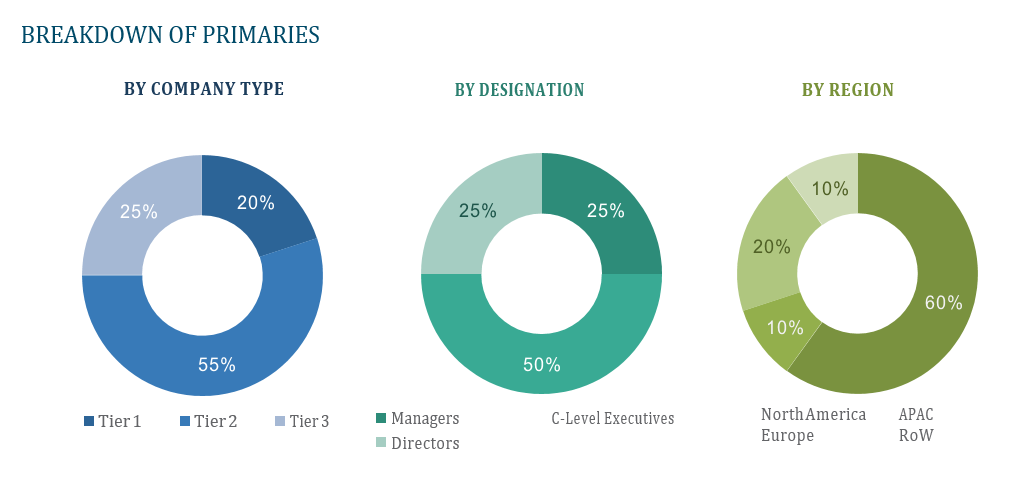
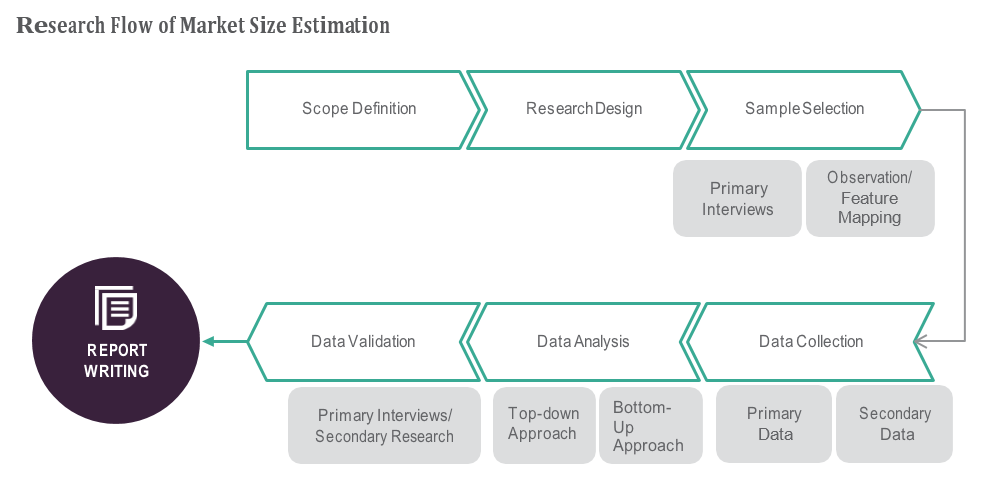

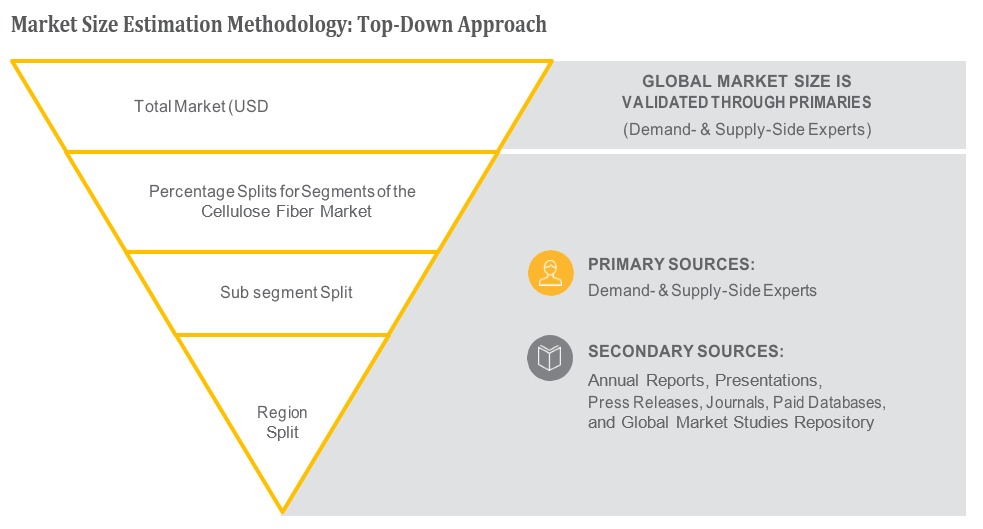
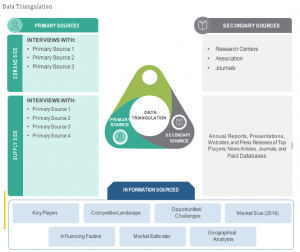
TABLE OF CONTENT
1 Global Behavioral Biometrics Market
1.1 Study Objectives
1.2 Market Definition
1.3 Study Scope
1.3.1 Markets Covered
1.3.2 Geographic Scope
2 RESEARCH METHODOLOGY
2.1 Research Data
2.1.1 Secondary Data
2.1.1.1 Key Data From Secondary Sources
2.1.2 Primary Data
2.1.2.1 Key Data From Primary Sources
2.1.2.2 Key Industry Insights
2.1.2.3 Breakdown of Primaries
2.2 Market Size Estimation
2.2.1 Bottom-Up Approach
2.2.2 Top-Down Approach
2.3 Market Breakdown and Data Triangulation
2.4 Research Assumptions
3 Global Behavioral Biometrics Market – Executive Summary
3.1 Market Revenue, Market Size and Key Trends by Company
3.2 Key Trends by type of Application
3.3 Key Trends segmented by Geography
4 Global Behavioral Biometrics Market – Comparative Analysis
4.1 Product Benchmarking – Top 10 companies
4.2 Top 5 Financials Analysis
4.3 Market Value split by Top 10 companies
4.4 Patent Analysis – Top 10 companies
4.5 Pricing Analysis
5 Global Behavioral Biometrics Market – Industry Market Entry Scenario
5.1 Regulatory Framework Overview
5.2 New Business and Ease of Doing business index
5.3 Case studies of successful ventures
5.4 Customer Analysis – Top 10 companies
6 Global Behavioral Biometrics Market – Market Forces
6.1 Introduction
6.2 Market Dynamics
6.2.1 Drivers
6.2.2 Opportunities
6.2.3 Challenges
6.3 Porters Analysis of Market
6.3.1 Bargaining power of suppliers
6.3.2 Bargaining powers of customers
6.3.3 Threat of new entrants
6.3.4 Rivalry among existing players
6.3.5 Threat of substitutes
7 Global Behavioral Biometrics Market – Strategic Analysis
7.1 Value Chain analysis
7.2 Product Life Cycle
7.3 Supplier and distributor analysis (Market share and product dealing strategies)
8 Global Behavioral Biometrics Market – By Component (Market Size – & million/billion)
8.1 Services
8.2 Solution
9 Global Behavioral Biometrics Market – By Deployment Mode
9.1 On-Premises
9.2 Cloud
10 Global Behavioral Biometrics Market – By Organization Size
10.1 SMEs
10.2 Large Enterprises
11 Global Behavioral Biometrics Market – By Application
11.1 Identity and access management
11.2 Fraud detection and prevention management
11.3 Risk and compliance management
12 Global Behavioral Biometrics Market – By Vertical
12.1 Government and Defense
12.2 Telecommunications
12.3 BFSI
12.4 Retail and eCommerce
12.5 Healthcare
12.6 Others
13 Global Behavioral Biometrics Market – By Geography (Market Size – & million/billion)
13.1 Introduction
13.2 North America
13.2.1 US
13.2.2 Canada
13.2.3 Mexico
13.3 Europe
13.3.1 U.K
13.3.2 Germany
13.3.3 Italy
13.3.4 France
13.3.5 Spain
13.3.6 Rest of Europe
13.4 Asia-Pacific
13.4.1 China
13.4.2 Japan
13.4.3 India
13.4.4 South Korea
13.4.5 Rest of APAC
13.5 Rest of the World
13.5.1 South America
13.5.2 Middle East
13.5.3 Africa
14 Global Behavioral Biometrics Market – Entropy
14.1 New product launches
14.2 M&A’s, collaborations, JVs and partnerships
15 Global Behavioral Biometrics Market Company Profile (Key Players)
15.1 Market Share, Company Revenue, Products, M&A, Developments
15.2 BioCatch
15.3 IBM
15.4 Nuance Communications
15.5 BehavioSec
15.6 ThreatMark
15.7 SecureAuth
15.8 One Identity
15.9 Fst Biometrics
15.10 Mastercard
15.11 Plurilock
15.12 Company 11 & more
16 Global Behavioral Biometrics Market – Appendix
16.1 Sources
16.2 Abbreviations










